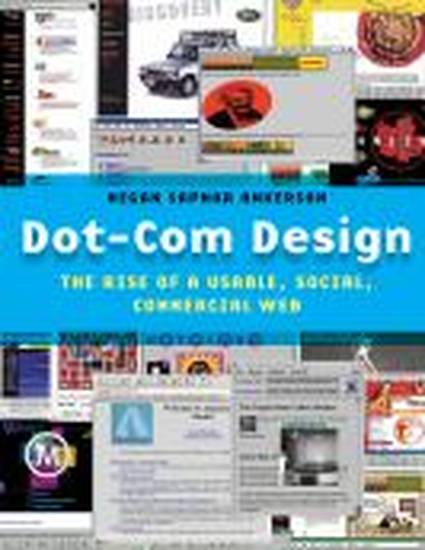
Article
Dot-Com Design: The Rise of a Usable, Social, Commercial Web
Choice: Current Reviews for Academic Libraries
(2018)
Abstract
Ankerson (Michigan) outlines the history of the internet from 1991 to 2005. The University of Minnesota’s Gopher, an early form of internet, provided easy access to information from many computers without needing to know their names. Partly due to licensing fee issues, the World Wide Web eventually replaced Gopher. Along with the World Wide Web, the book describes the early development of cyberspace, dot.coms, file transfer protocols (FTPs), Flash, operating systems, platforms, Macromedia, and browsers such as Mosaic. Much of the book focuses on the rapid growth of e-commerce in the last half of the 1990s. The euphoria of easy entry into dot.coms and high stock values led to dot.com saturation and significant losses in 2000. Following the crash, the author discusses how dot.coms rebounded with a focus on user experience. The book is chronologically organized and almost reads like a well-referenced storybook with many characters. For a longer-term perspective, read Andrew Wheen’s Dot-dash to Dot-com: How Modern Telecommunications Evolved from the Telegraph to the Internet (CH, Jun'11, 48-5717).
Disciplines
Publication Date
November, 2018
Citation Information
G. E. Kaupins. "Dot-Com Design: The Rise of a Usable, Social, Commercial Web" Choice: Current Reviews for Academic Libraries Vol. 56 Iss. 3 (2018) p. 373 - 373 Available at: http://works.bepress.com/gundars_kaupins/113/
